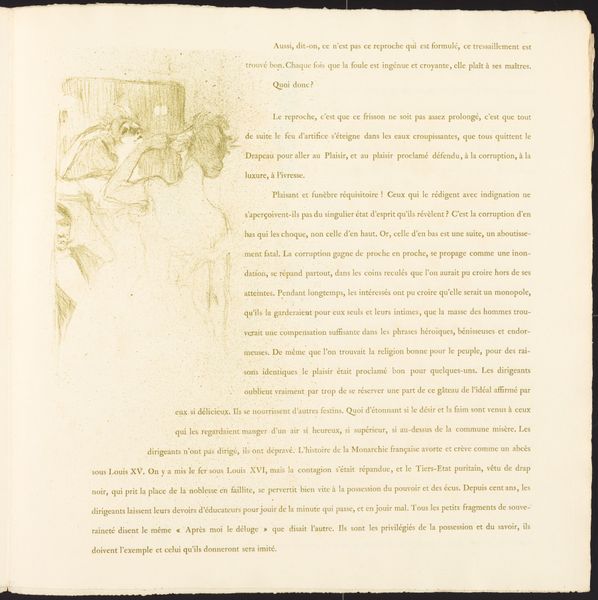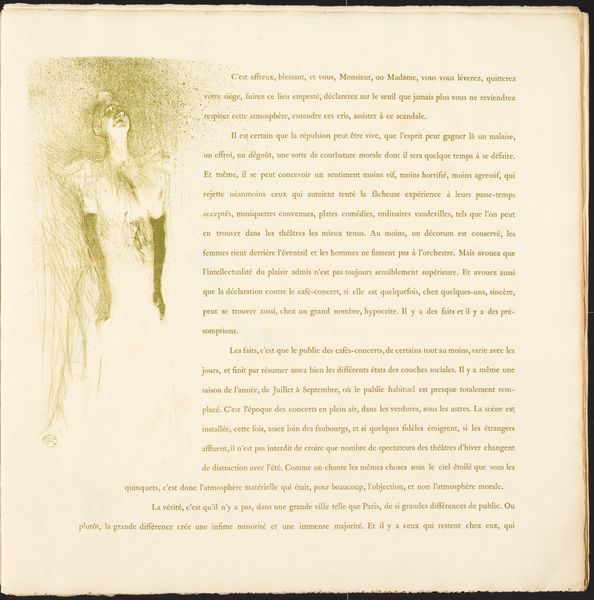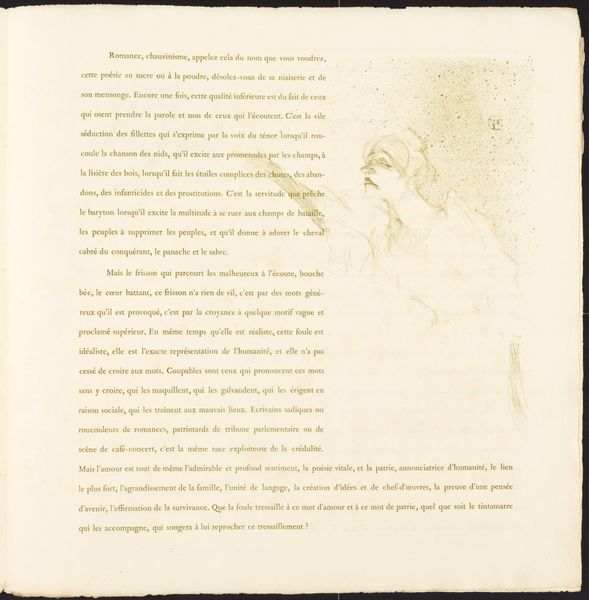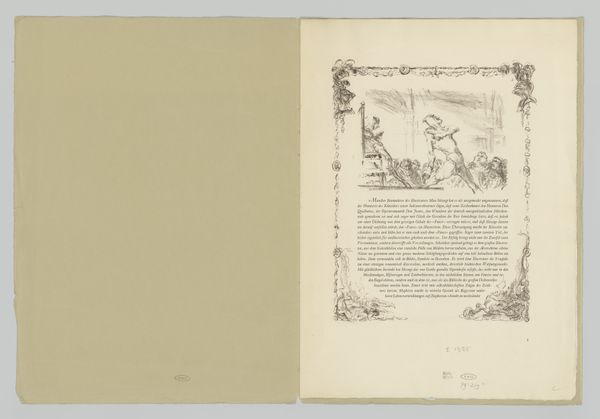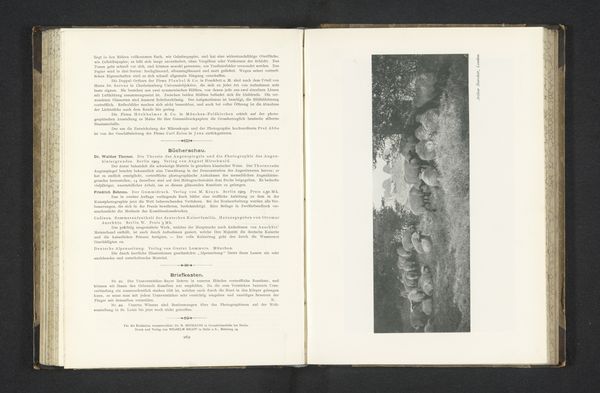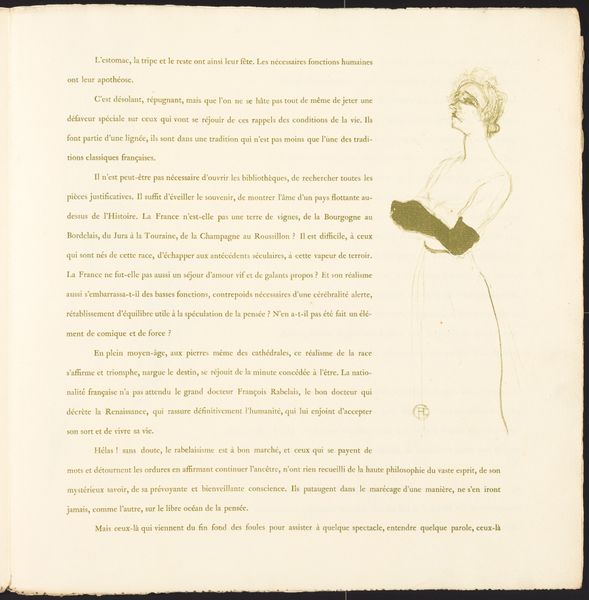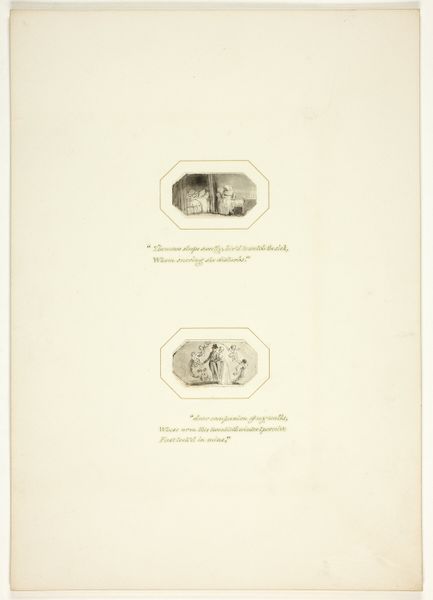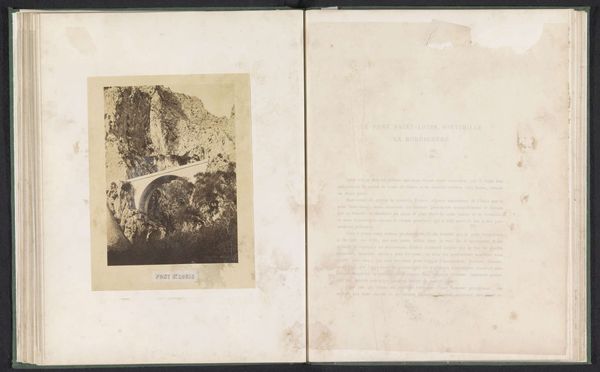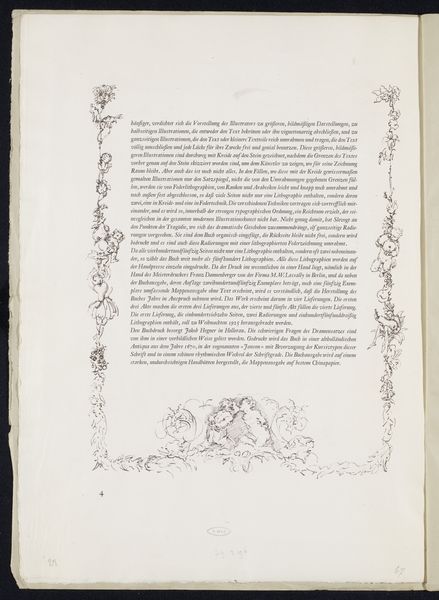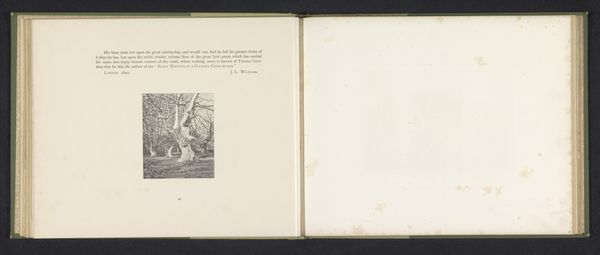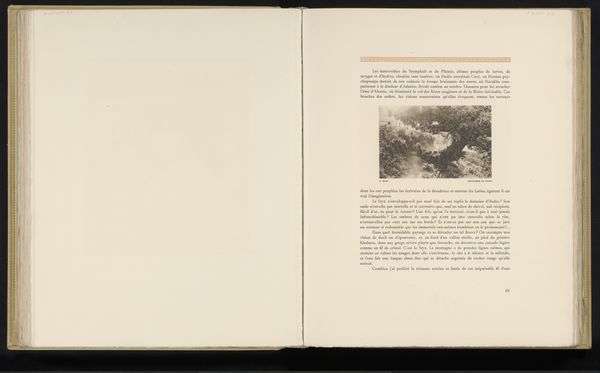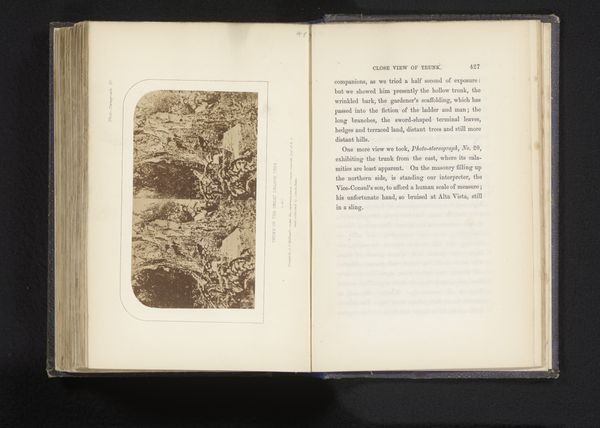
drawing, lithograph, print, paper
#
portrait
#
drawing
#
art-nouveau
#
lithograph
# print
#
paper
#
watercolour illustration
#
watercolor
Copyright: National Gallery of Art: CC0 1.0
Curator: This lithograph, "Yvette Guilbert," created by Henri de Toulouse-Lautrec in 1894, showcases the singer in a simple yet evocative style. It looks like it was rapidly produced and disseminated through print. What's your initial take on this artwork? Editor: I'm struck by how economical the drawing is—it’s almost like a caricature but still captures a lot of her personality. Also, the sheet is printed with a very detailed written commentary – an odd artistic decision! How do you interpret Lautrec's choices here? Curator: Considering Lautrec’s social circle and engagement with Parisian nightlife, it is vital to explore how this print became a commodity, a physical object representing a cultural experience. What can we discern about the process and production of such an image in late 19th-century Paris, regarding printmaking and distribution? How does it reflect the accessibility of art at this time, given its medium as a lithograph? Editor: I see what you're saying. Lithography would've made this reproducible on a fairly large scale, opening it to a wider audience compared to an original painting. Would this accessible process have influenced his artistic choices? Curator: Precisely! Consider also the quality of the materials – the paper, the inks used. Were these elements chosen for artistic merit alone or influenced by availability and cost? Think about how labor and cost play a central role in how it got into circulation. What stories do the material and the reproduction processes tell about class, consumption, and the art world in fin-de-siècle Paris? Editor: That makes me reconsider the context in which people would've seen it – not just as art, but potentially as advertisement, or social commentary tied to Guilbert's celebrity. Curator: Indeed. The print itself acts as a document, a historical artifact that exposes artistic process within a larger social context. We need to read and contextualize its existence through its material realities. Editor: Right, the art isn’t just about Yvette Guilbert. It's also about the machinery of image making and the cultural context in which these objects circulated.
Comments
No comments
Be the first to comment and join the conversation on the ultimate creative platform.
